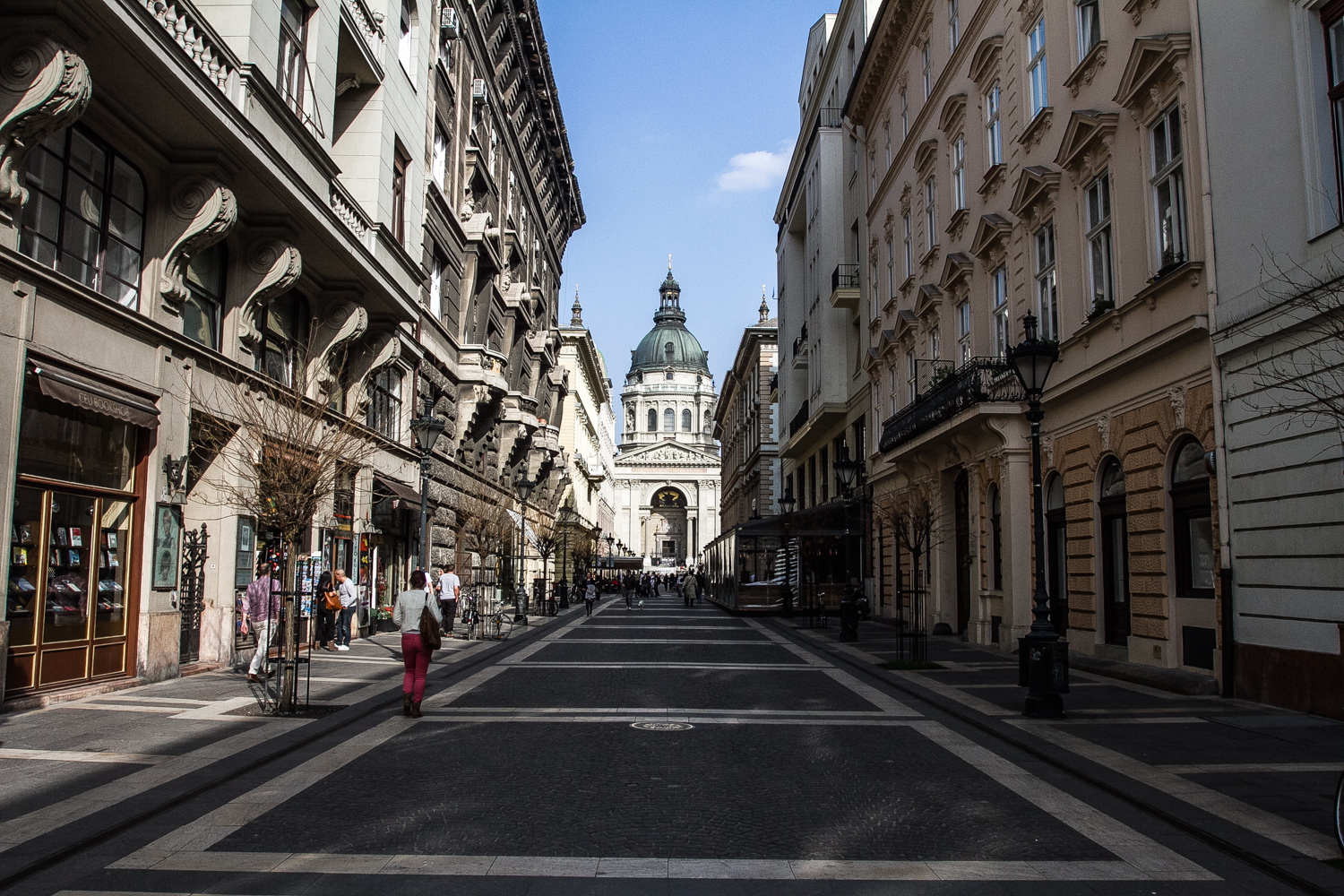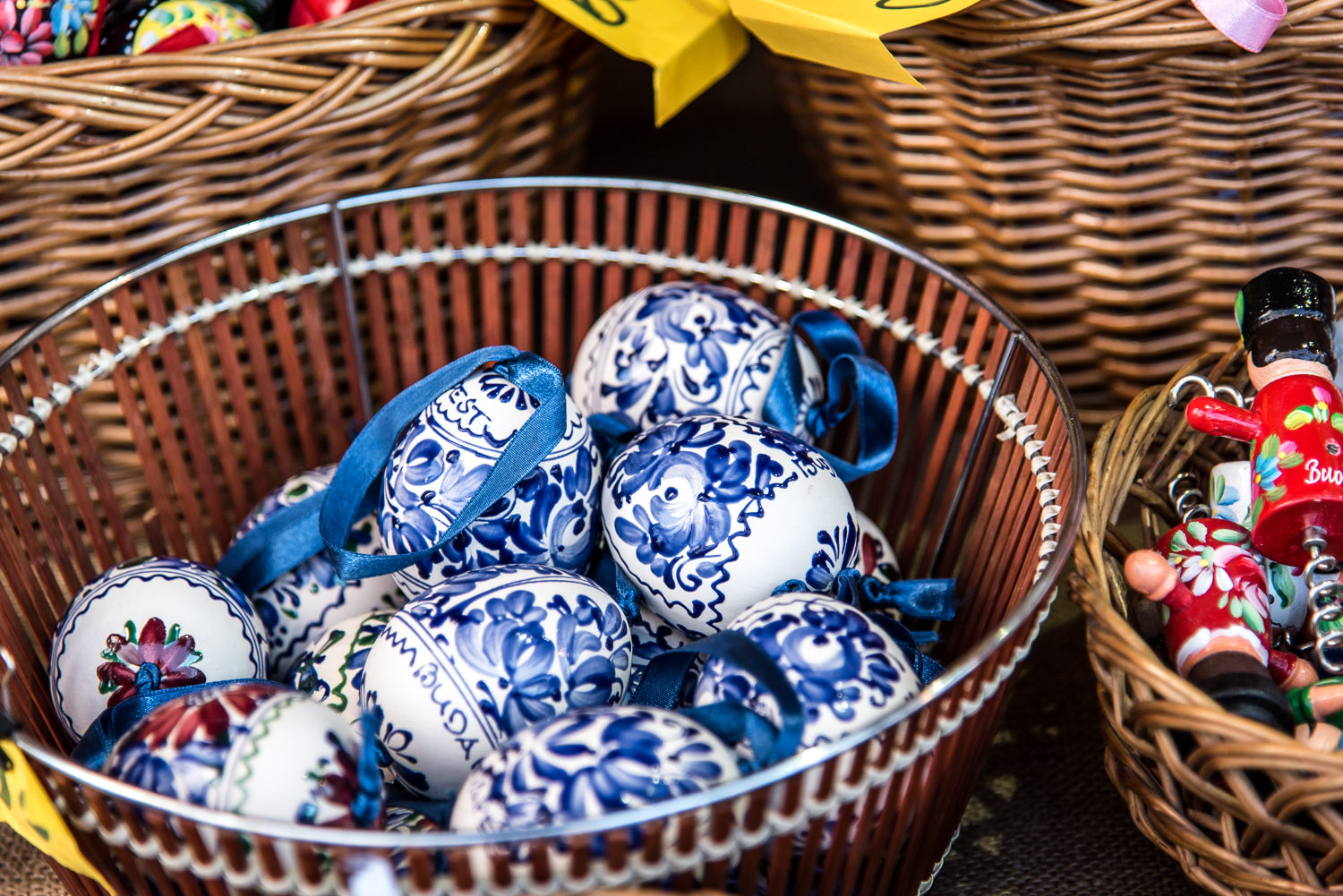Skeleton in the closet - Hidden secretsThis significant spot of Budapest represented a totally different, unholy goal in the past, and some really cruel things happened here back in the day: between 1787 and 1796 the building was called “Heccszínház”, which meant a place for animal fights.
At that time, these actions were considered the main entertainment source on lazy afternoons; lacking
Facebook and Fröccsterasz there were no other options.
In the 1800s when circuses rose to power and finally there was a chance to build something new here and a wealthy man from Lipótváros decided to use the opportunity, so he build a little church on the spot. Not much later, in 1817 this church had more than a thousand believers, so it become the official parish of Lipótváros. At this point people already needed a new, bigger building.
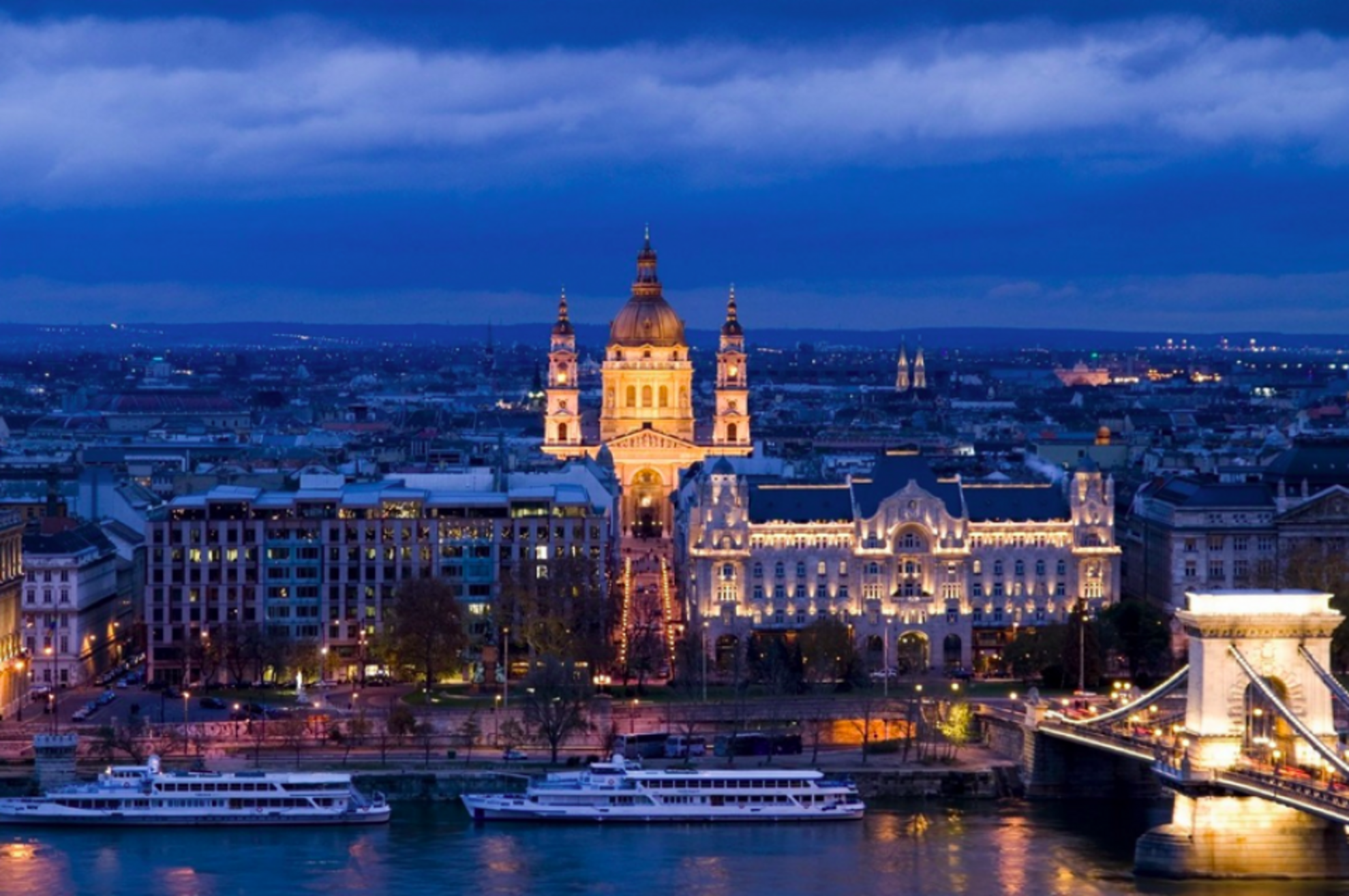
God sent the signIn 1838, according to many, God sent a sign for the building of
Basilica: a natural raise on the St. Stepehen Square provided protection for hundreds of people threatened by the great flood, so these survivors decided to do some fund raising for a giant church in return to saving their lives.
In 1845, Hild József got the commission to build the new temple. He started it the next year, however they had to postpone it until the 14th of August in 1851, because of the Revolution of 1848-49.
Hild continued his works until his death in 1867, and when he passed away Ybl Miklós got the honor to continue the construction. He changed the original classicist style into neo-renaissance.
This was necessary, because many people were standing against the new building, since it kept Andrássy Street from being connected directly to the Chain Bridge therefore Ybl wanted something monumental that people could respect.
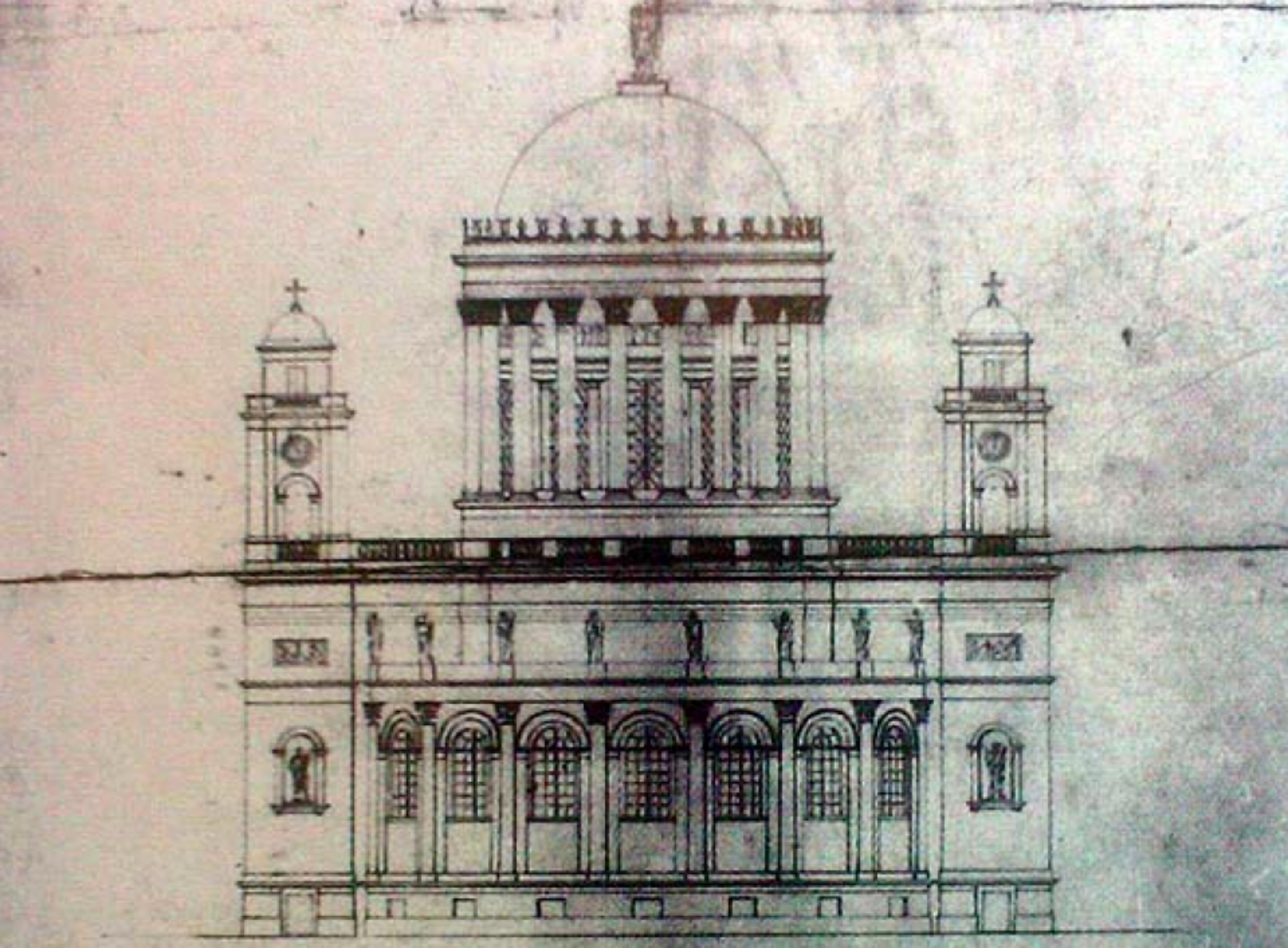
He kept on going with the works until his death in 1891, after which Kauser József had to deal with the outside decoration and the interior of the building. He also added some neo-baroque element to the concept.
On the 9th of November the church got consecrated and with the presence of I. Ferenc József they put the keystone in it.
At first, the building was supposed to be named after Saint Leopold, the patron saint of Austria, but the plan was changed in the very last minute, so it became St. Stephen's Basilica.
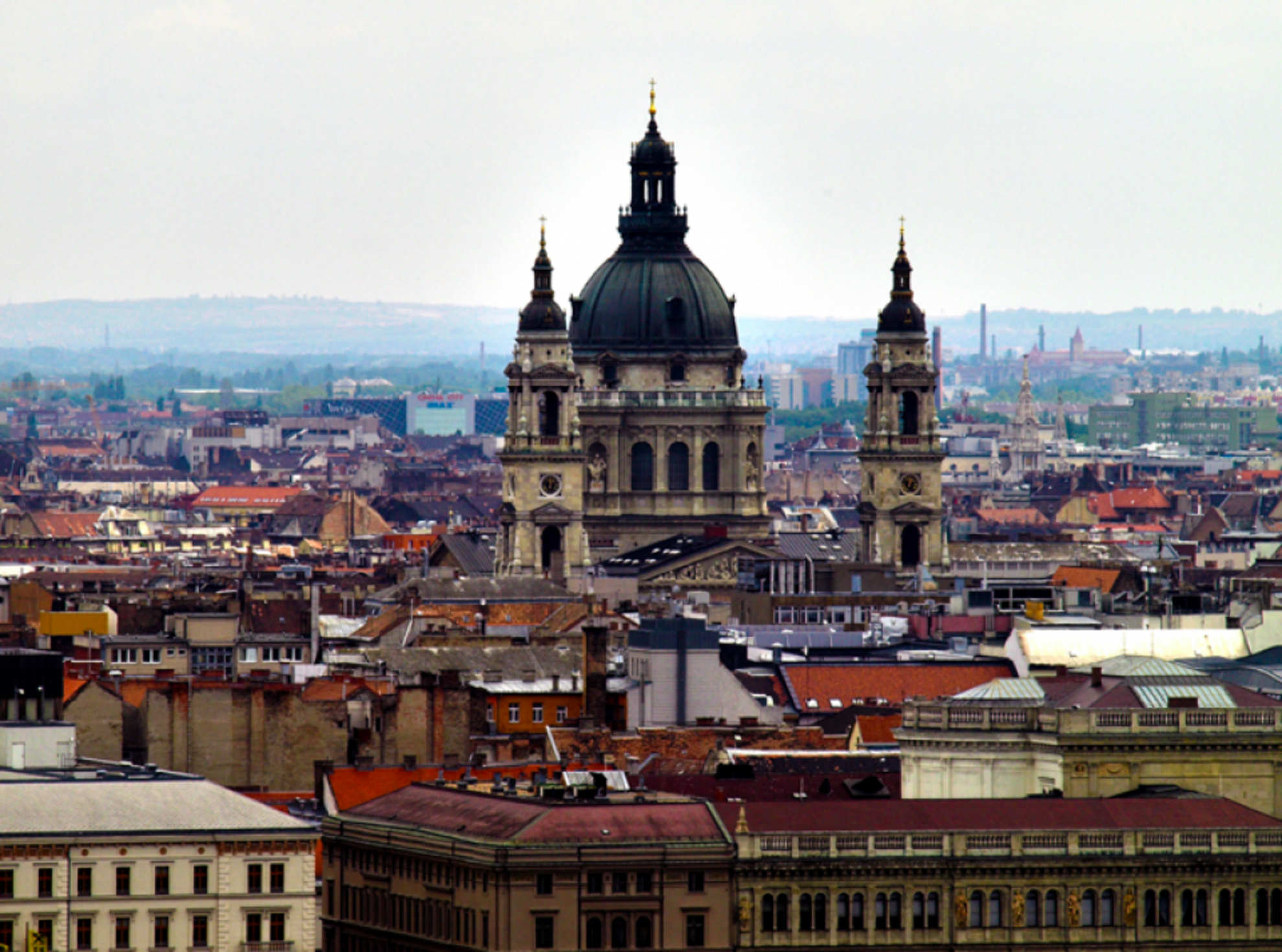
The collapsesThe stability of the church needed to be improved many times during the past years. At first, in 1868 the almost finished dome collapsed, because of the bad quality materials and questionable workmanship. The next time was during the Second World War, the roof had to be rebuilt. The dome burnt down again for the second time in 1947.
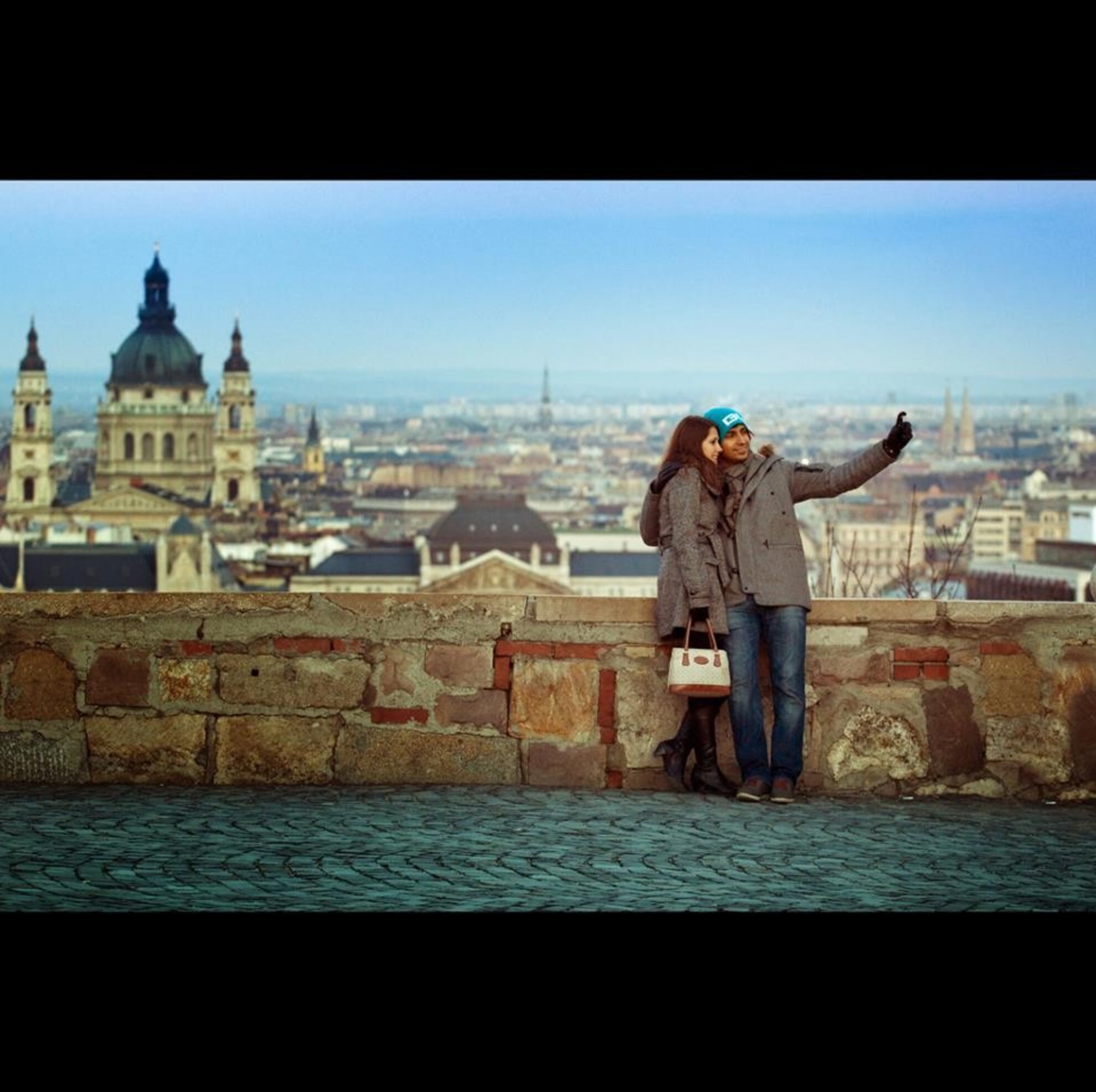
In 1983, the Basilica, again, became life threatening because of a storm that damaged the roof, but this time they decided to completely renovate the building, which lasted until 2003.
During this period they didn’t only fix the structure and the major parts of the Basilica, but the inner art objects and sculptures were renovated as well along with the lead-glass windows the square itself. Now it’s one of the most popular hangout spots for the youth of Budapest.
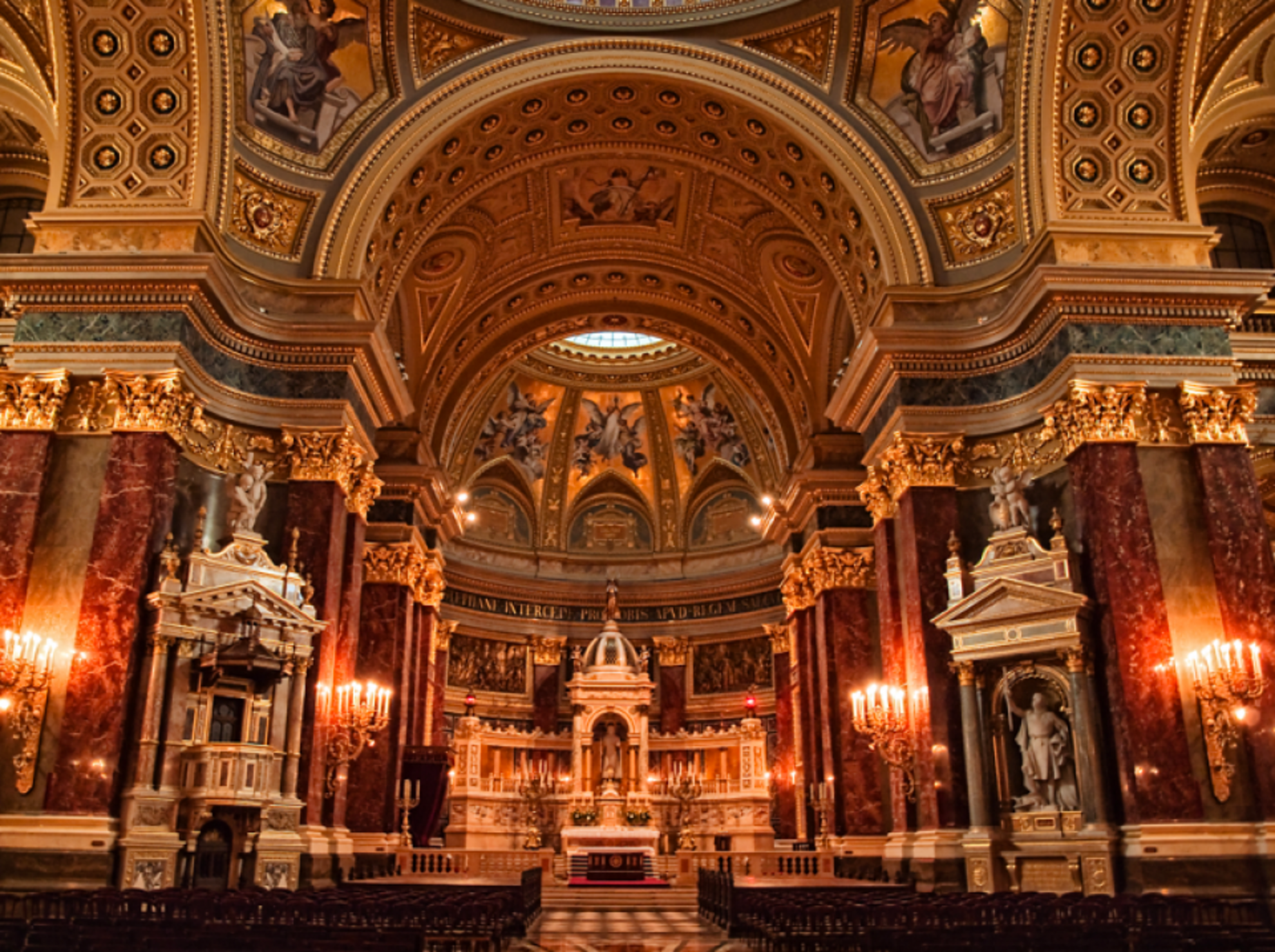
At the last renovation they used 10 kg aquamarine, 5 kg gold, and 250 thousand gold-leaves. They cleaned 1500 square meters of floor-tile, the inner renovation needed 300 kg stone-replacement, and renewed 6300 square meters of the stucco wrap. When they renovated the altar, the workers ate 500 kg bread.
They fitted two elevators in the cupola, which now saves the tourists from climbing 360 steps in order get the view of the city. The renewing cost more than 4.5 billion Forints.The BuildingThe Basilica is the second highest building of Budapest (exactly as high as the Parliament), and the third one in the country. Its height is 96 meters, the length is 87.5 meters, and it’s 55 meters wide. The inner side provides space for 8500 people.
The name Basilica refers its church rank, and its inside is divided into 9 different sections with a Greek cross shaped base. The structure itself was originally a narrower, more closed one according to the original plans, however, it became a round, arch-type one, and it really suits it.
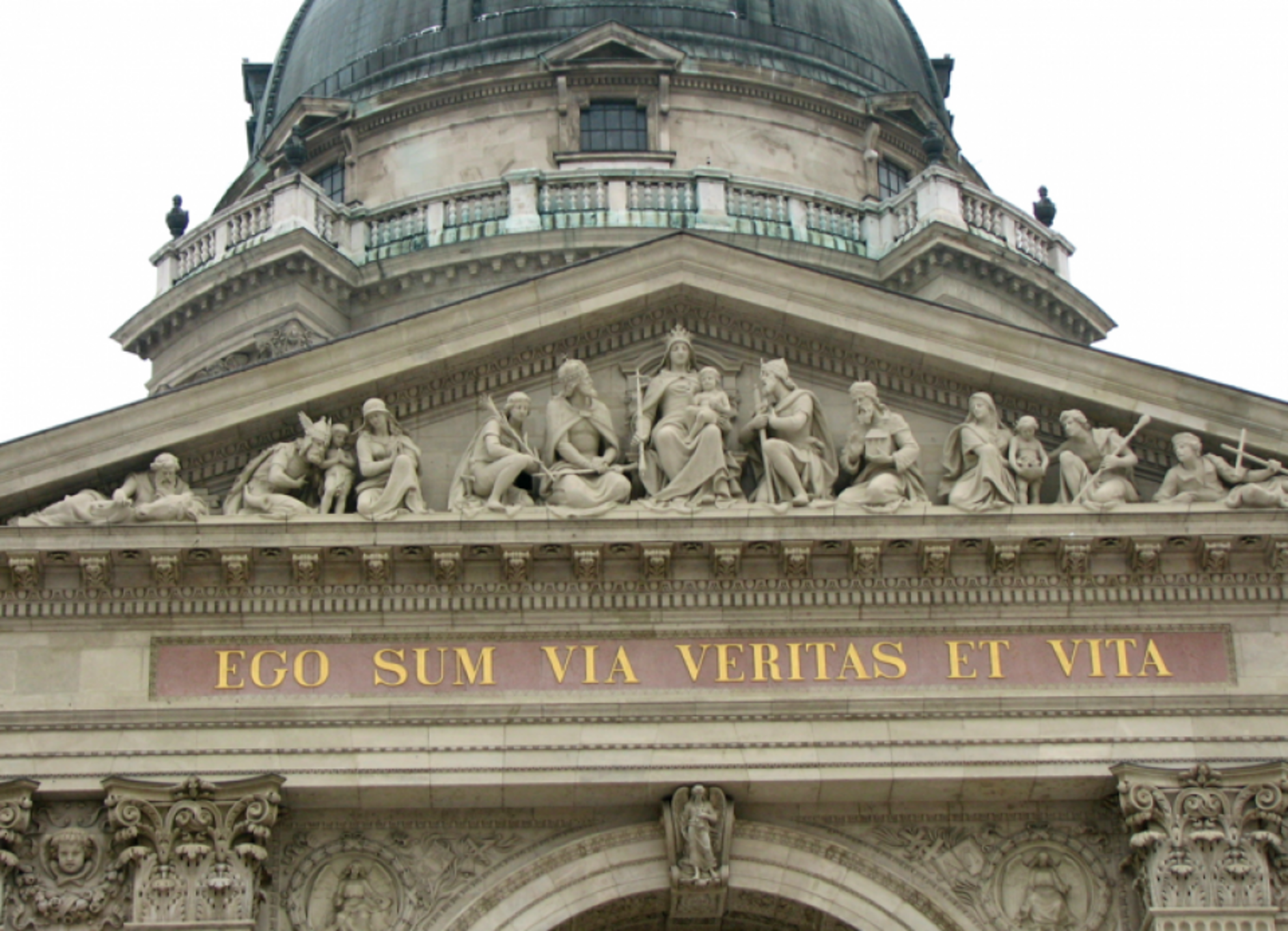
One of the most interesting parts of the Basilica is the canopied high altar, with the sculpture of Szent István on it. In order to use this sculpture instead of Jesus Christ, the Pope’s permission was needed.
Another famous part is the Szent Jobb (Holy right), which is allegedly the right hand of the famous king, St. Stephen.
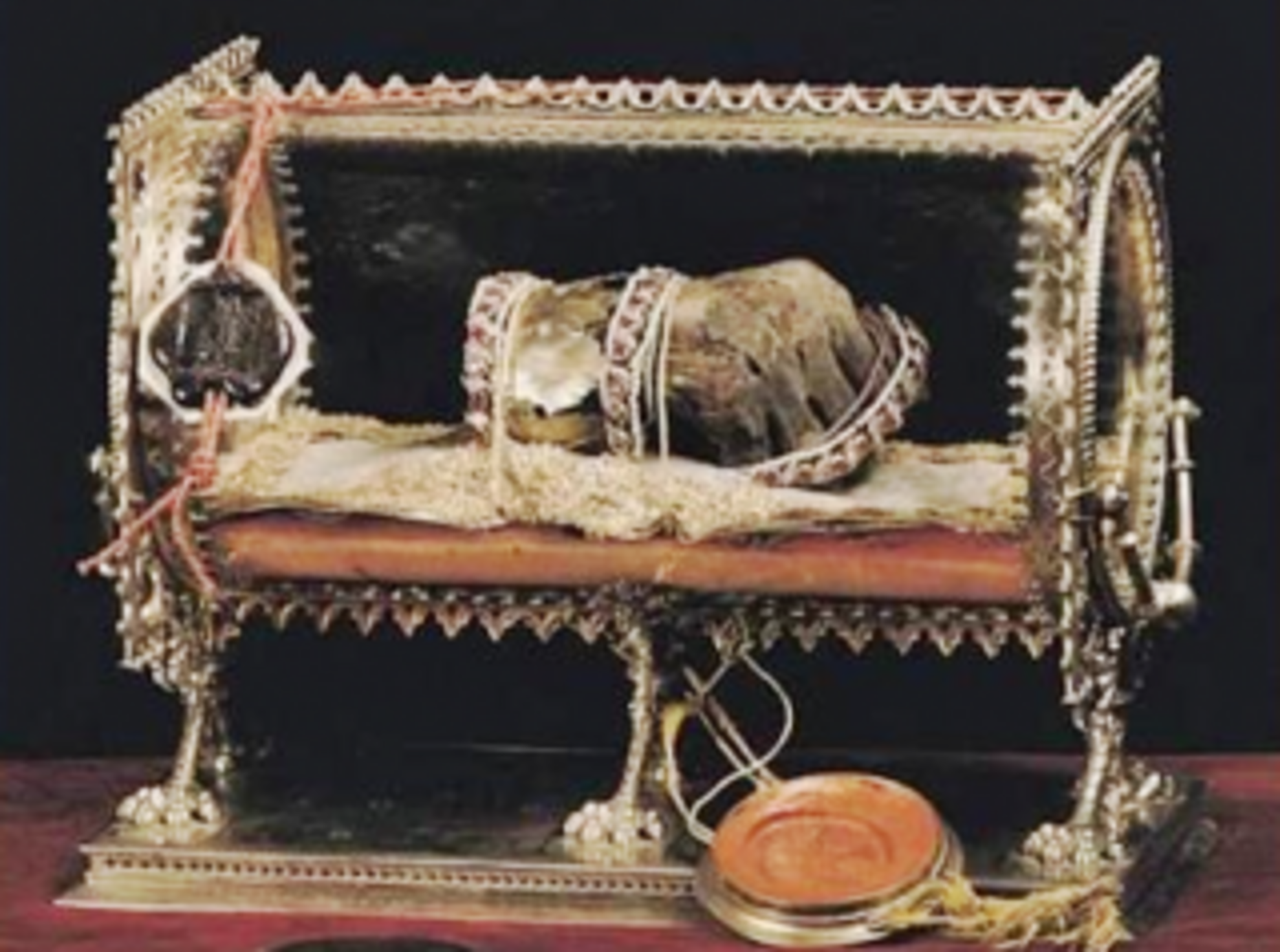
The origin, and the authenticity of this relic is still questioned by many, based on the fists position, and a legendary ring.
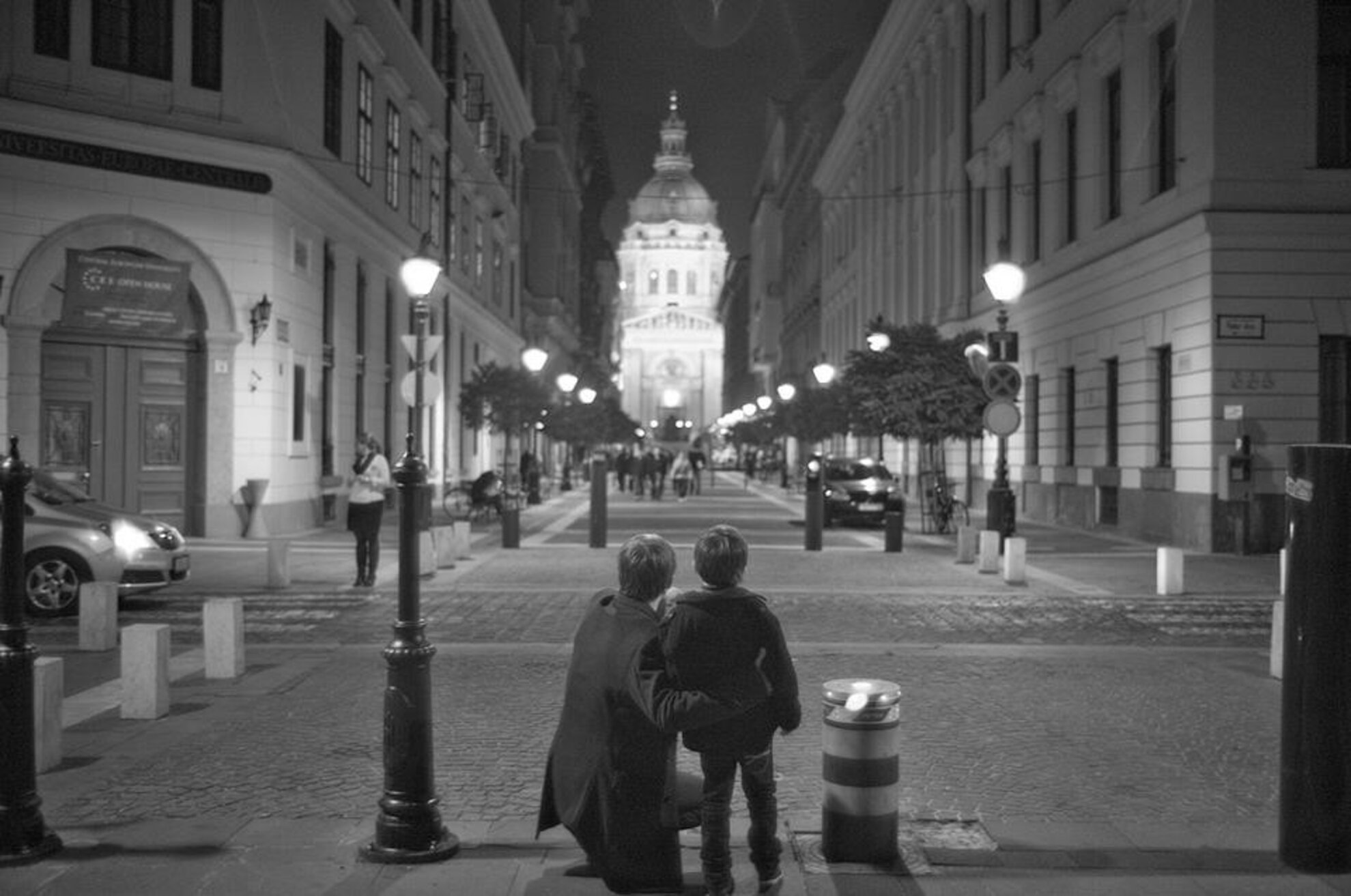
The Bells of the BasilicaThe two towers have six bells altogether: five on the left side tower and one in the right side tower.
This latter one, the Szent István-bell is the biggest bell in Hungary with its 9250 kilograms and its diameter of 252 centimeters. Usually it’s used twice a year, at 17 hour on the 20th of August, and at midnight on New Year’s Eve. There are also some special events when it tolls, but it’s quite rare.
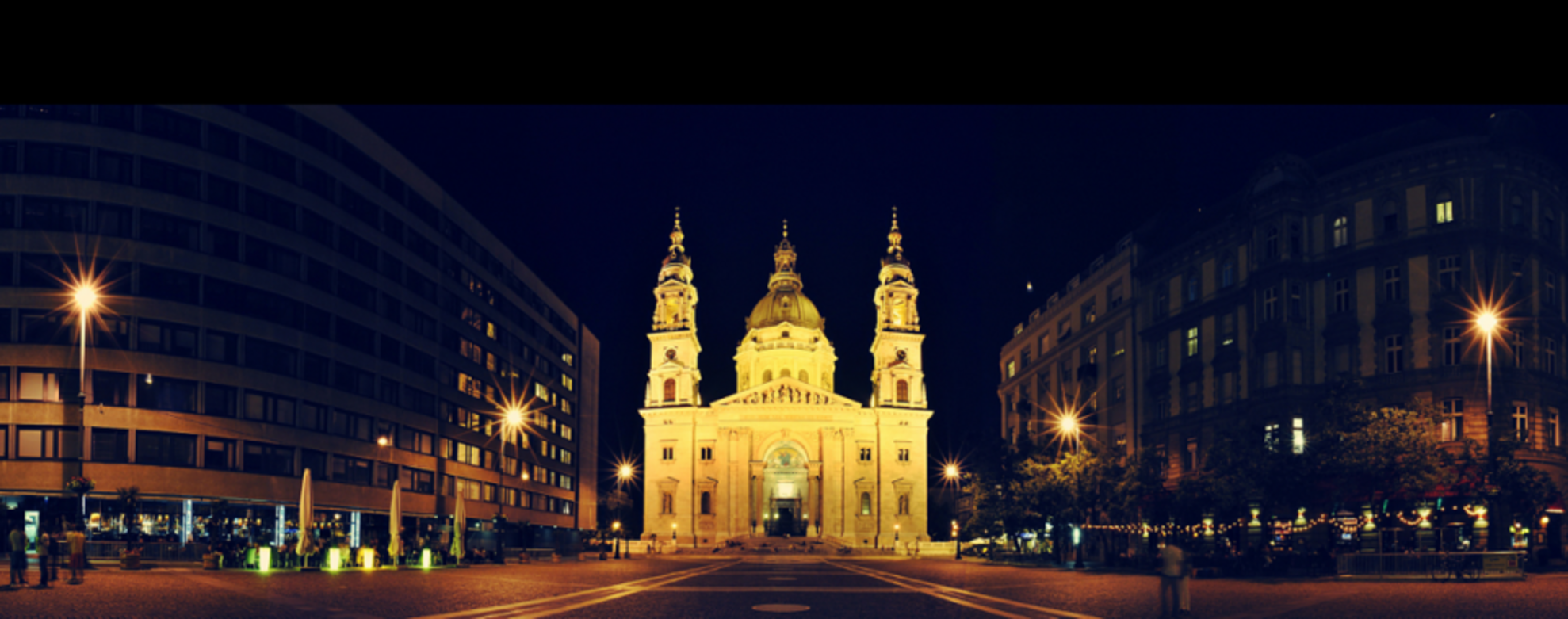
On weekdays, the Szent Gizella-bell indicates the mass at 17:30 and at 17:59 the Szent Imre-bell does the same. On Sunday, the Szent Henrik-bell tolls at 9:30 and the Nagyboldogasszony-bell’s job is to indicate every quarter-hour. The Szent István-bell marks the hours from 7 in the morning to 10 at night.
The entry of the Basilica is free every week from Monday to Saturday from 9 o’clock to 7 (from 7:45 on Sundays). You can also visit the tower for only 500 HUF.
